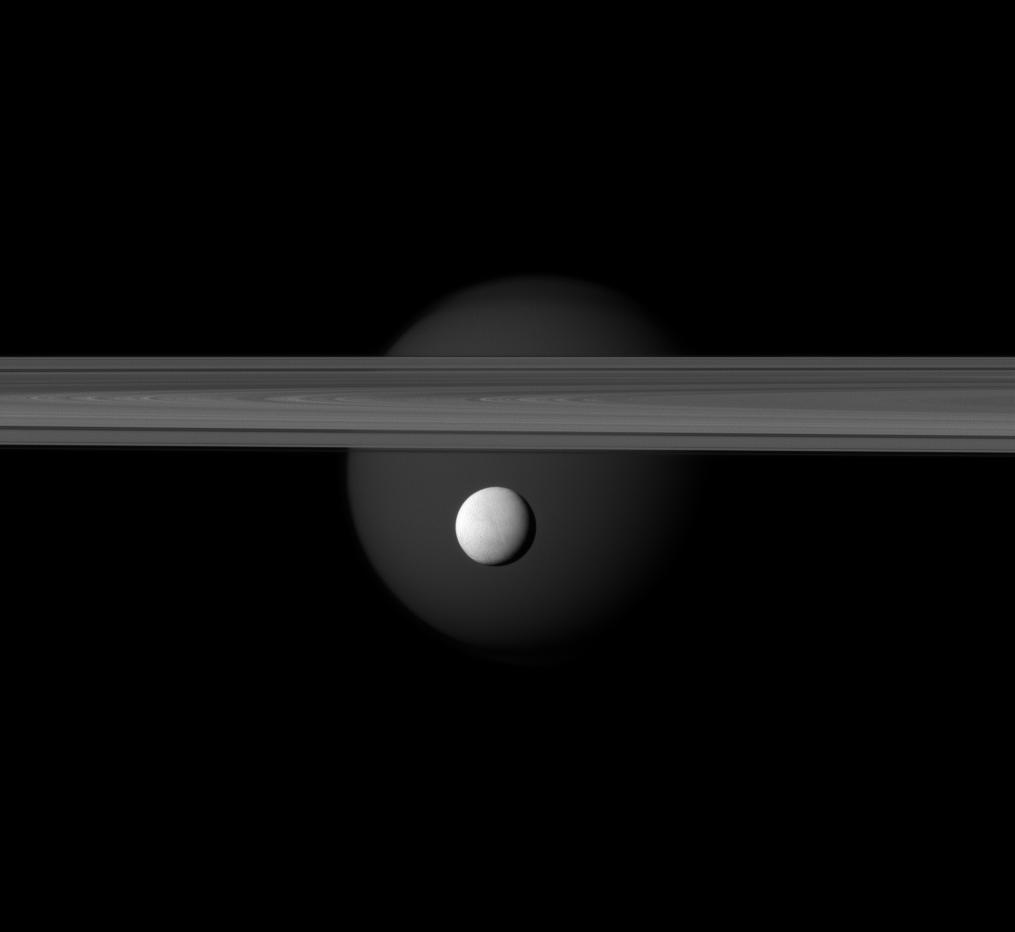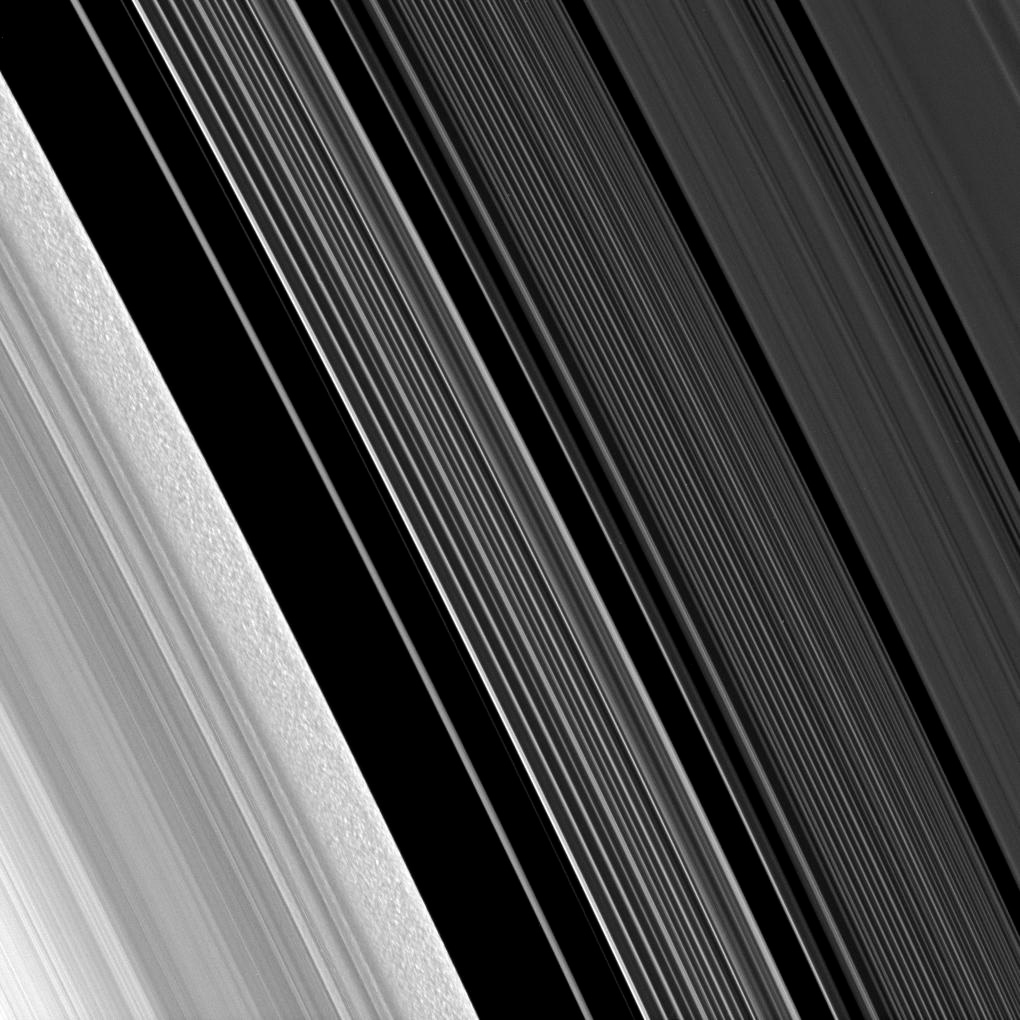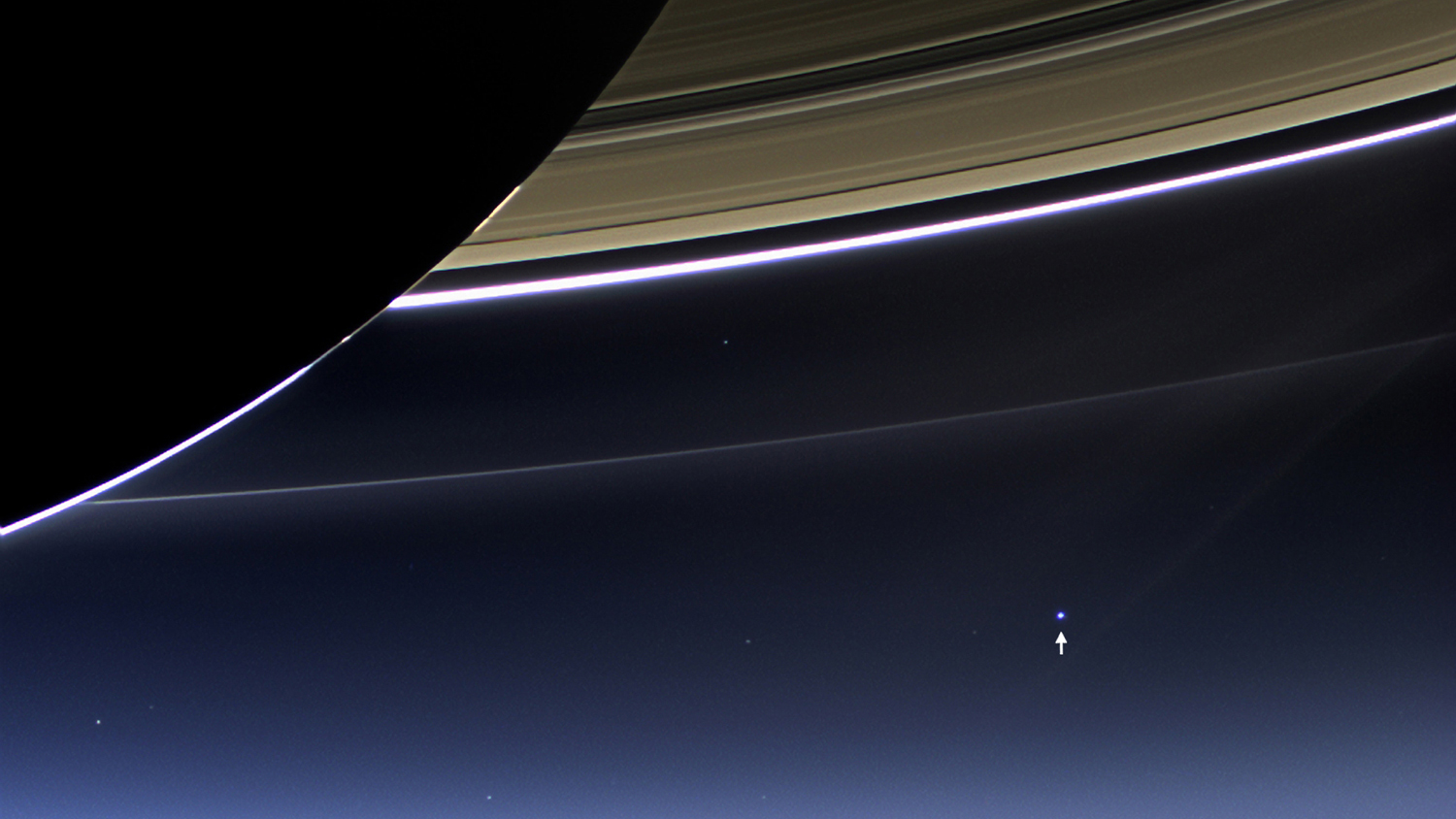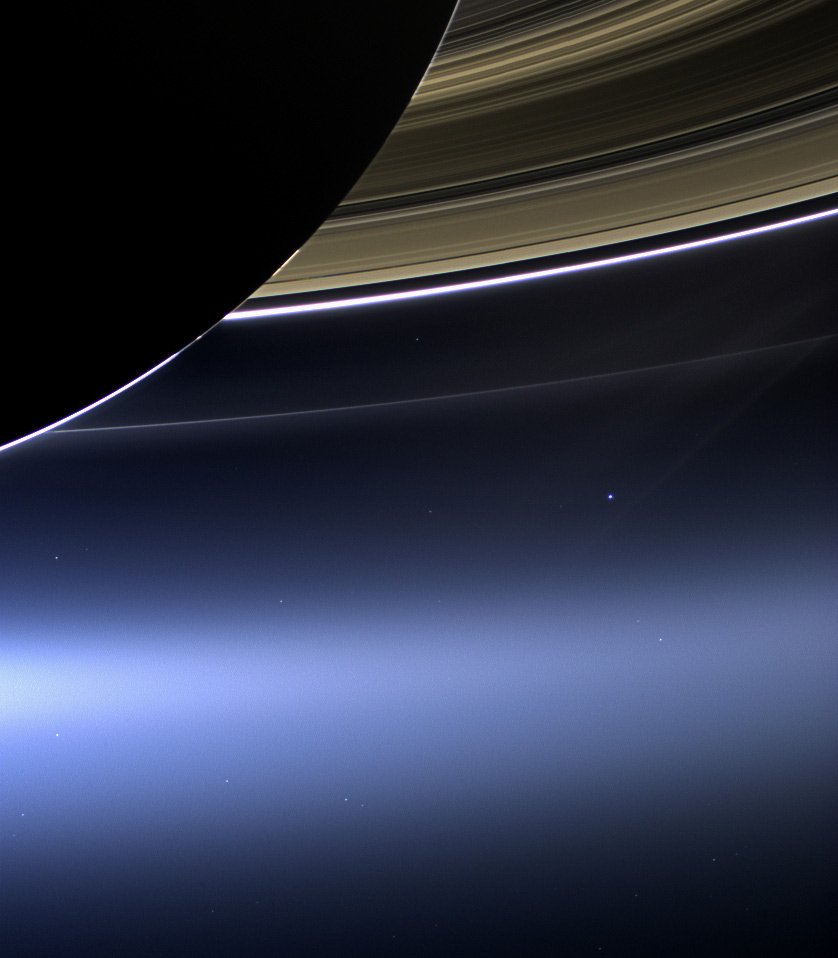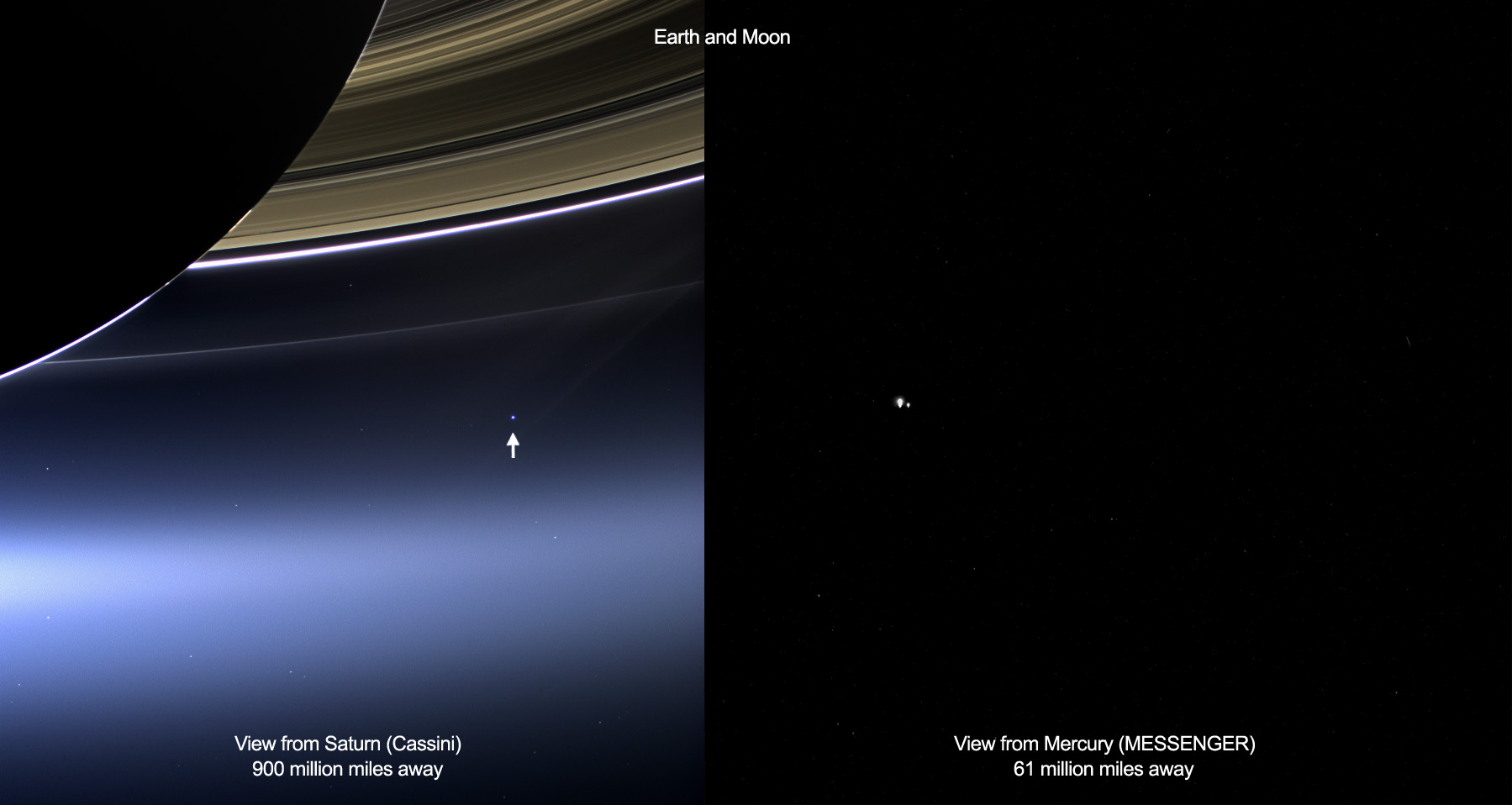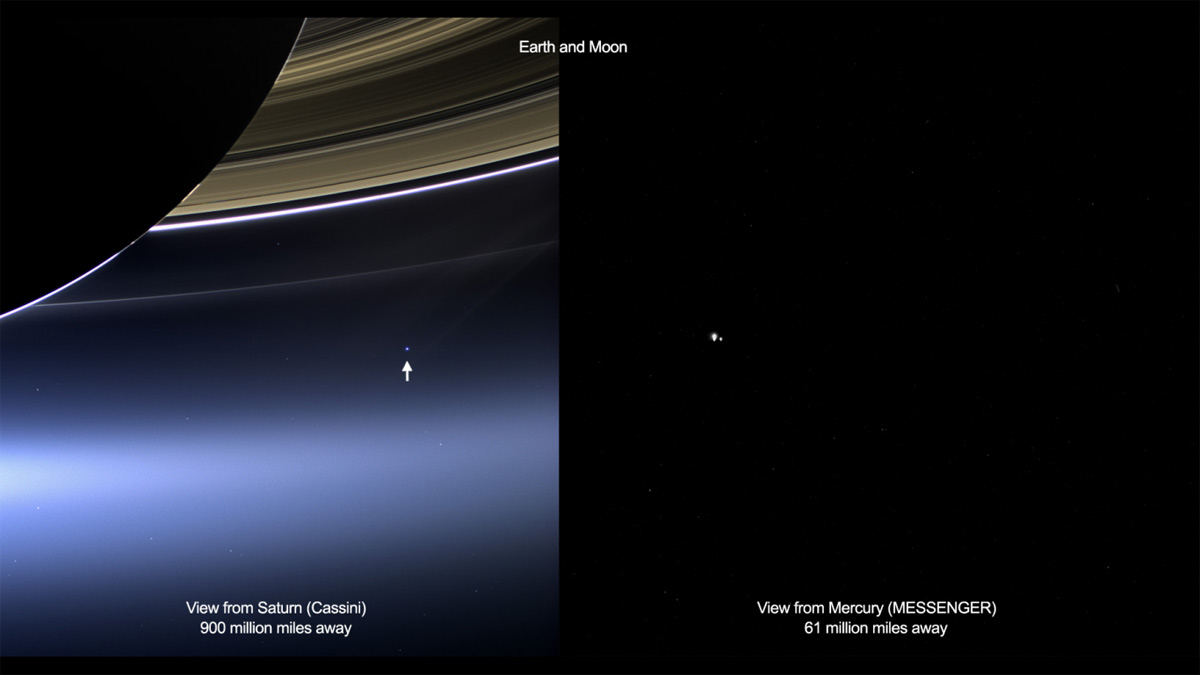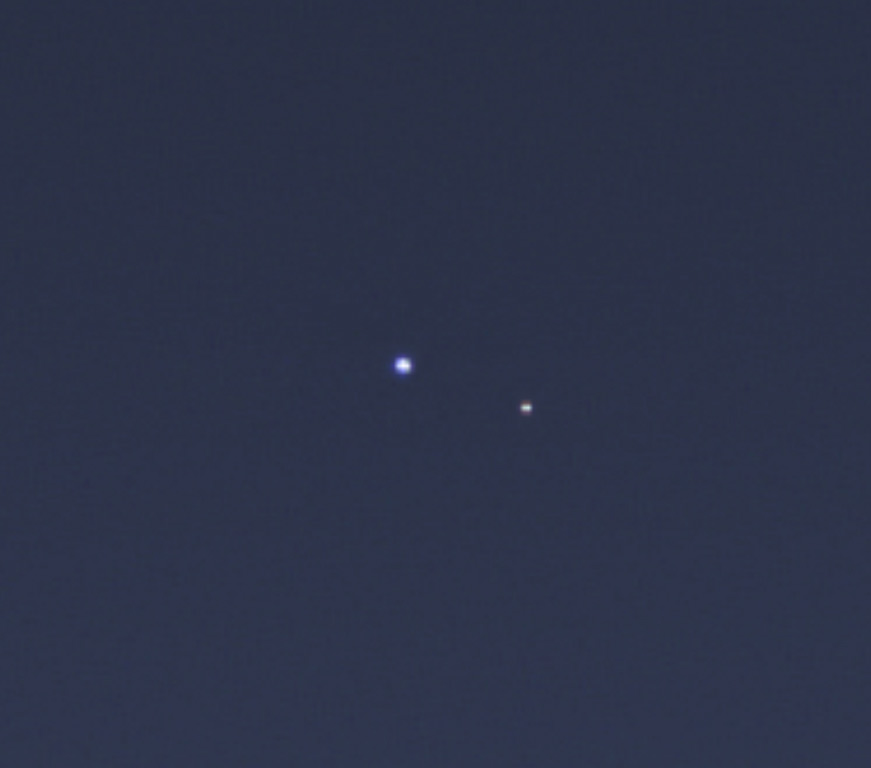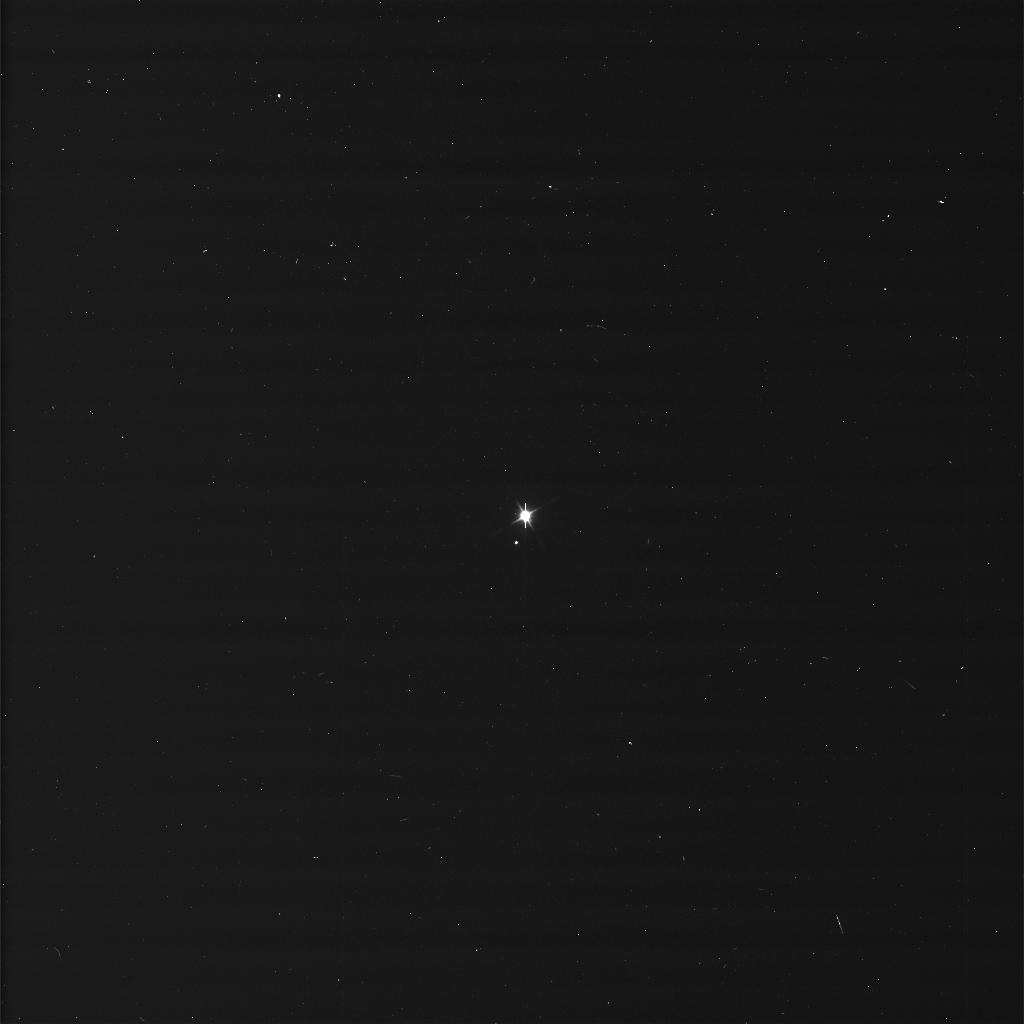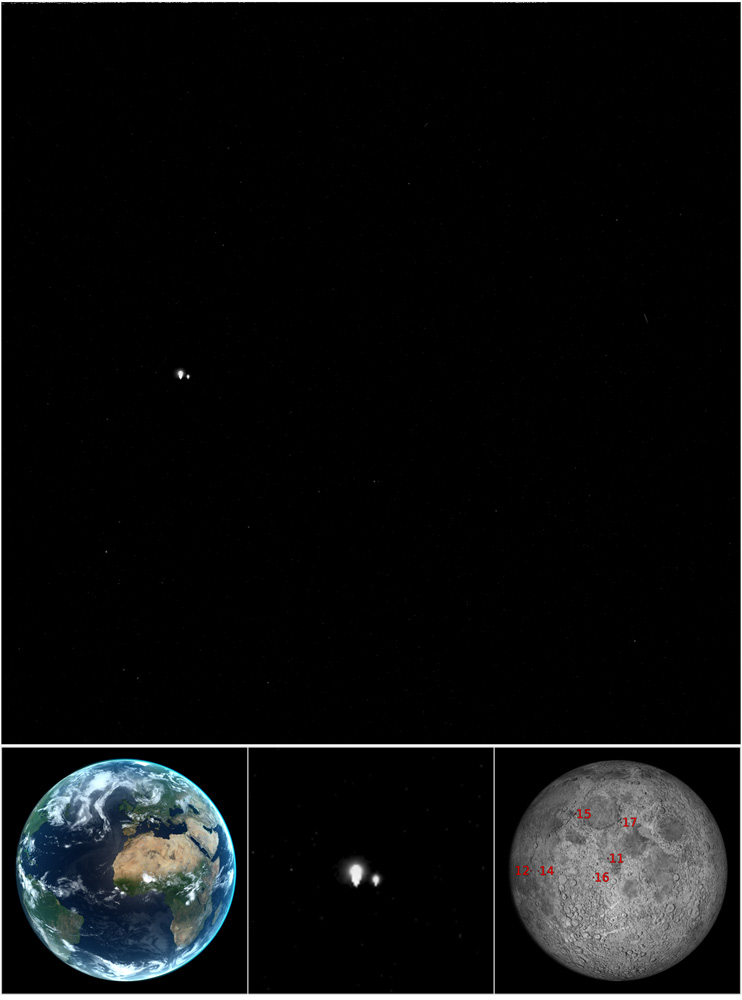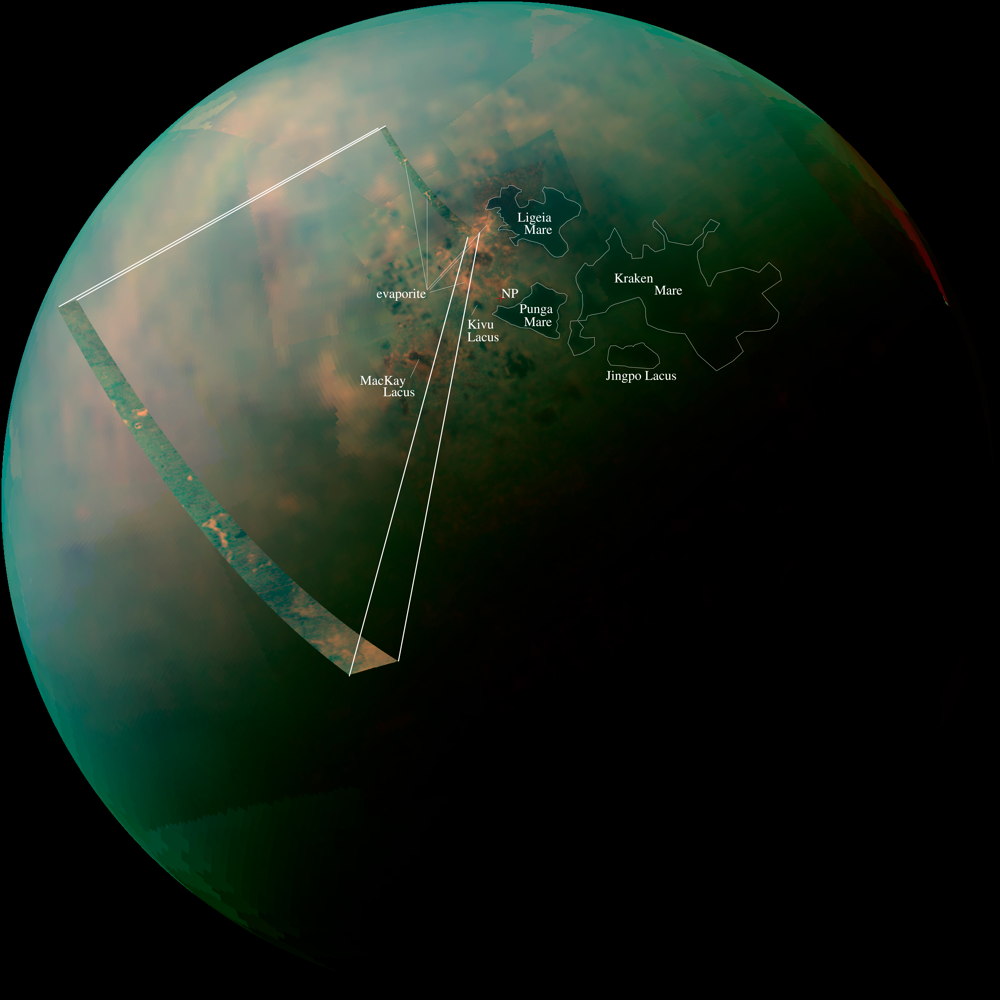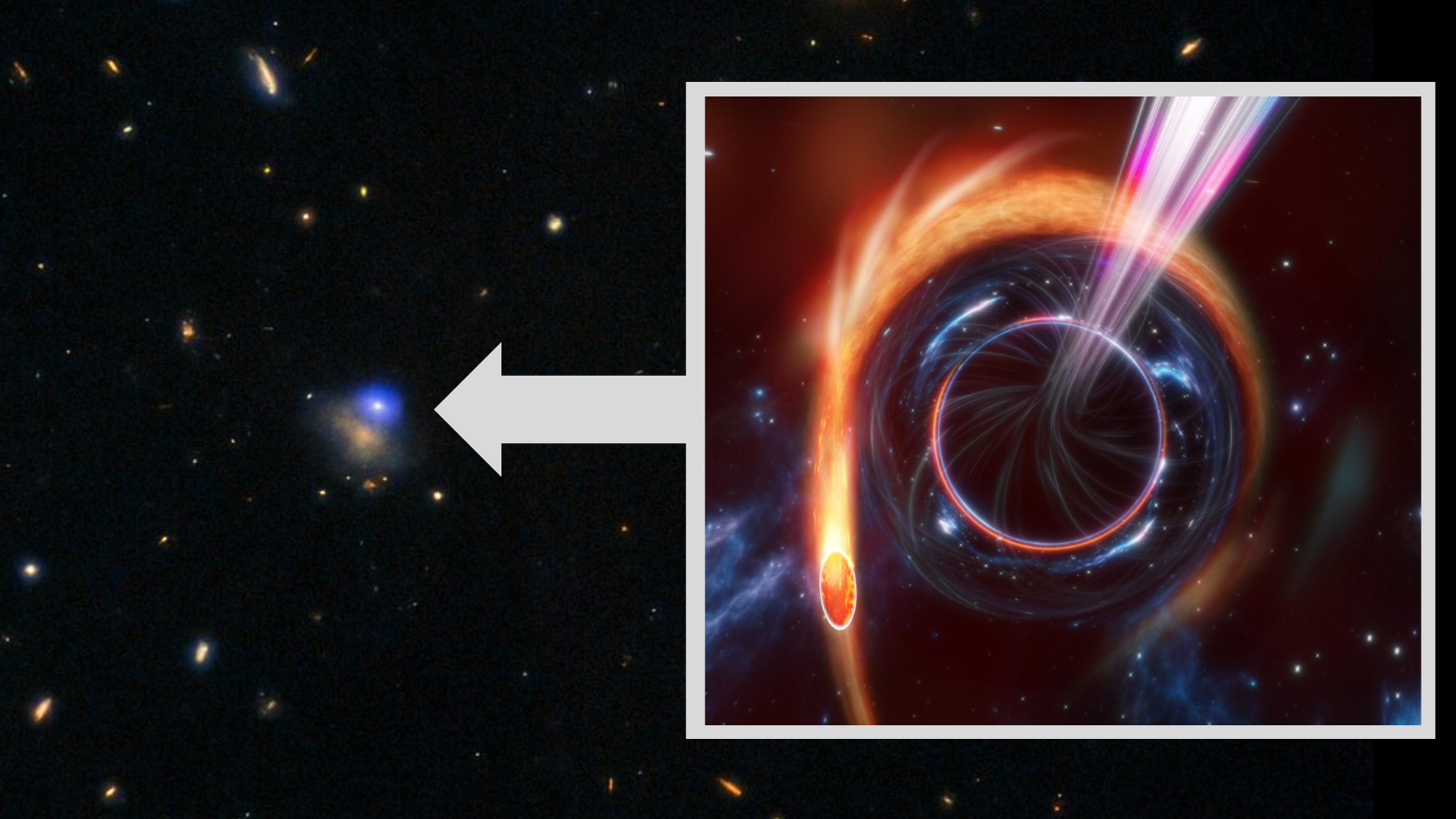Amazing Saturn Photos From NASA's Cassini Orbiter
Saturn's Rings, Titan and Enceladus
Saturn’s icy moon Enceladus hangs below the gas giant’s rings while Titan lurks in the background, in this new image taken by the Cassini spacecraft on March 12, 2012.
Saturn Ring Clumps and Strands
Clumpy particles in Saturn’s B-ring provide stark contrast to the delicately ordered ringlets seen in the rest of this view presented by the Cassini spacecraft. Image taken July 10, 2009.
Cassini Probe Sees Earth from Saturn: Annotated
This rare image taken on July 19, 2013, by NASA's Cassini spacecraft has shows Saturn's rings and our planet Earth and its moon in the same frame. At the time, Cassini was 2013 from a distance of about 898.414 million miles (1.445858 billion kilometers) from Earth. It is only one footprint in a mosaic of 33 footprints covering the entire Saturn ring system (including Saturn itself) taken by Cassini's wide-angle camera. [See full story.]
Saturn's Rings With Earth and Moon
In this rare image taken on July 19, 2013, Cassini's wide angle camera has captured Saturn's rings and our planet Earth and its moon in the same frame. [See full story.]
Earth and Moon: Views from Saturn & Mercury
These images show views of Earth and the moon from NASA's Cassini probe around Saturn (left) and Messenger spacecraft at Mercury (right) from July 19, 2013. Cassini was 898 million miles (1.44 billion kilometers) away from Earth at the time, while Messenger was 61 million miles (98 million km) away. [See full story.]
Two Views of Home
These images show views of Earth and the moon from NASA's Cassini (left) and MESSENGER spacecraft (right) from July 19, 2013. [See full story.]
One Special Day in the Life of Planet Earth – Close-Up
The cameras on NASA's Cassini spacecraft captured this rare look at Earth and its moon from Saturn orbit on July 19, 2013. The image has been magnified five times. Taken while performing a large wide-angle mosaic of the entire Saturn ring system, narrow-angle camera images were deliberately inserted into the sequence in order to image Earth and its moon. [See full story.]
Breaking space news, the latest updates on rocket launches, skywatching events and more!
Cassini Raw Image of Earth and Moon
This image was taken on July 19, 2013 and received on Earth July 20, 2013. The camera was pointing toward EARTH at approximately 898,410,414 miles (1,445,851,410 kilometers) away, and the image was taken using the BL1 and CL2 filters. This image has not been validated or calibrated. [See full story.]
Earth and Moon Seen by MESSENGER Spacecraft
The pair of bright star-like features in the upper panel are not stars at all, but the Earth and Moon. MESSENGER was at a distance of 98 million kilometers (61 million miles) from Earth when this picture was taken. The computer-generated image in the lower left shows how the Earth appeared from Mercury at the time. Much of the Americas, all of Europe and Africa, the Middle East, and much of Asia were visible. Data acquired July 19, 2013. [See full story.]
Titan's Northern Lakes: Salt Flats?
This false-color mosaic, made from infrared data collected by NASA's Cassini spacecraft, reveals the differences in the composition of surface materials around hydrocarbon lakes at Titan, Saturn's largest moon. Image released Oct. 23, 2013.

Space.com is the premier source of space exploration, innovation and astronomy news, chronicling (and celebrating) humanity's ongoing expansion across the final frontier. Originally founded in 1999, Space.com is, and always has been, the passion of writers and editors who are space fans and also trained journalists. Our current news team consists of Editor-in-Chief Tariq Malik; Editor Hanneke Weitering, Senior Space Writer Mike Wall; Senior Writer Meghan Bartels; Senior Writer Chelsea Gohd, Senior Writer Tereza Pultarova and Staff Writer Alexander Cox, focusing on e-commerce. Senior Producer Steve Spaleta oversees our space videos, with Diana Whitcroft as our Social Media Editor.
